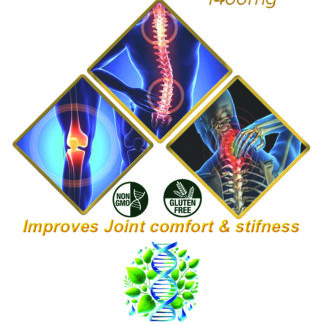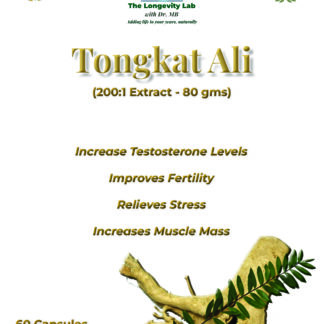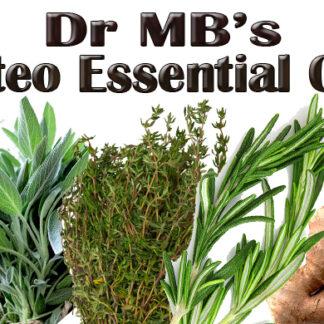Description
Osteo Essential Oil
Osteoporosis literally means “porous bones.” A scary fact about osteoporosis is that the disease is usually “silent,” developing over many years but going unnoticed. For many people, osteoporosis causes no obvious symptoms or discomfort (you can’t “feel” your bones weakening) until eventually the person affected experiences a bone fracture.
What is the best and safest osteoporosis treatment? Natural osteoporosis treatments that can be highly effective include getting enough exercise (especially doing resistance-training), treating hormonal imbalances, preventing vitamin D deficiency and eating an “osteoporosis diet.”
Your diet plays a critical role in your bone health because it determines if you’re obtaining enough protein and essential vitamins and minerals — especially calcium, magnesium, phosphorus and manganese that all play a role in bone formation.
What Is Osteoporosis?
Osteoporosis is defined as “a bone disease that occurs when the body loses too much bone, makes too little bone, or both.” Osteoporosis is generally seen in women over the age of 50, although younger women and men too can develop this condition. It’s estimated that about one in two women (50 percent) and up to one in four men (25 percent) over the age of 50 will break a bone at some point due to osteoporosis.
When viewed under a microscope, osteoporotic bones visibly contain abnormal tissue structure. Osteoporosis occurs when small holes or weakened areas are formed in the bones that can lead to bone fractures (broken bones), bone pain and sometimes other complications such as a Dowager’s hump (an abnormal outward curvature of the thoracic vertebrae of the upper back, causing the appearance of a hump).
How does osteoporosis compare to osteopenia? Osteopenia is another condition that’s associated with bone loss and weakened bones, but it’s not as severe as in osteoporosis is. Here’s how Harvard Medical School explains it:
Both conditions are varying degrees of bone loss, as measured by bone mineral density, a marker for how strong a bone is and the risk that it might break. If you think of bone mineral density as a slope, normal would be at the top and osteoporosis at the bottom … Osteopenia, which affects about half of Americans over age 50, would fall somewhere in between.
Putting essential oils topically on affected areas, as well as through consumption, would increase bone density and aid bone repair or help with osteoporosis-related pain.
I recommend using our “Osteo Essential Oil” which has the most important 5 oils such as ginger, orange, sage, rosemary and thyme applying this oil topically to any painful areas about three times per day.
Other essential oils sometimes suggested for osteoporosis include wintergreen, cypress, fir, helichrysum, peppermint, eucalyptus and lemongrass oil.




